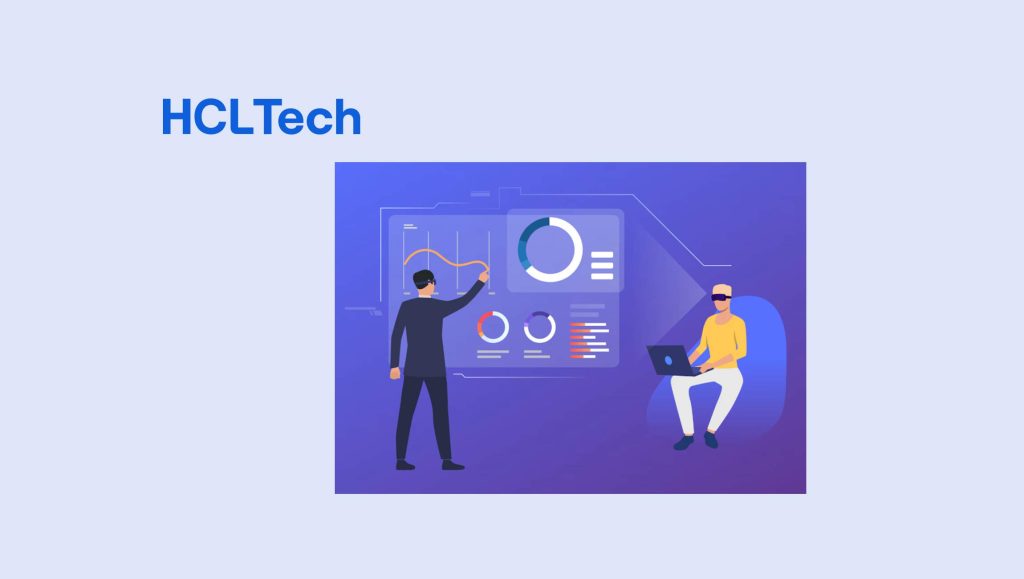 According to new survey findings from Appriss Retail and Incisiv, the ongoing growth of ecommerce is transforming how retailers must manage returns
According to new survey findings from Appriss Retail and Incisiv, the ongoing growth of ecommerce is transforming how retailers must manage returns
Appriss Retail, an industry leader in data science that transforms the consumer purchase cycle, announced the results of a new survey in partnership with Incisiv. The “2022 State of the Industry: Returns as an Engagement Strategy” report found that retailers who treat returns with a “one-size-fits-all” approach will miss out on important engagement opportunities.
The survey asked over 130 retailers about their outlooks regarding returns as a customer engagement opportunity, as well as their challenges, capabilities and future plans for strategically improving overall returns performance.
Online order return rates are three to four times higher than store-bought purchases
The growth of ecommerce has increased return rates significantly, but many retailers have not adjusted their returns strategy accordingly. A large majority (69%) of retailers are still treating returns as “a cost of doing business,” despite recognizing the benefits of optimizing returns management. In fact, results from the survey showed that:
- Return rates are growing faster than revenue growth rates for 91% of retailers.
- Most retailers (69%) lack a good understanding of the root cause of their returns.
- Only 29% of retailers have an end-to-end strategic returns management program in place.
Read More: Wipro Appoints Suzanne Dann As Chief Executive Officer For Americas 2 Strategic Market Unit
Retailers see the value in optimizing returns but lack follow-through
Optimizing returns is a requirement for long-term profitability and customer loyalty. In fact, 42% of shoppers will stop supporting a retailer after multiple retailer-induced returns. Retailers understand the importance of improving returns performance but there is a major gap between intent and execution. The report found that:
- Reducing return rates is a top priority for 83% of retailers but only 21% believe their current processes are effective at doing so.
- Similarly, 77% of retailers are interested in optimizing the cost of reverse logistics but only 29% are currently achieving towards this goal.
- Despite 64% of retailers reporting that returns are a problem they have been tasked to address, only 27% have an executive responsible for overall returns performance.
“Our research with Appriss Retail allowed us to dive into the state of returns and provide recommendations for retailers navigating digital transformation,” said Gaurav Pant, Chief Insights Officer, Incisiv. “Now is the time for retailers to optimize the returns process and find new ways to improve the customer experience during their purchasing journey and at the point-of-return.”
Read More: SalesTechStar Interview with Andrew Chen, CPO at CommentSold
In some cases, however, returns are inevitable even if the process is optimized. Retailers can offer tailored return experiences based on the shopper’s previous behavior. For instance, at the point-of-sale top customers can be rewarded with extended returns windows. Similarly, retailers can use customer data to generate relevant “save-the-sale” offers during the return process that provide time-sensitive exchange recommendations or other incentives for making additional purchases.
“Retailers spend millions of dollars trying to increase traffic to their stores and websites, yet many are missing a key engagement opportunity at the point-of-return,” said Steve Prebble, CEO, Appriss Retail. “During the returns process, retailers work directly with the shopper, giving them the opportunity to reinforce the brand experience. In this encounter, retailers can encourage shoppers to spend their refund dollars in-store or online, which recovers the lost revenue and strengthens the relationship.”





















